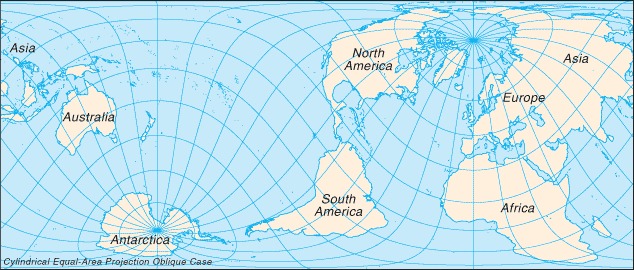
the land boundaries in The World Factbook total 279,035.5 km (not counting shared boundaries twice); two nations, China and Russia, each border 14 other countries
note 1: the total is actually misleading in terms of accuracy, since one cannot accurately measure every river meander along a boundary; a number rounded slightly higher - to 280,000 km - makes more sense and has been coordinated with and approved by the US State Department
note 2: 46 nations and other areas are landlocked, these include: Afghanistan, Andorra, Armenia, Austria, Azerbaijan, Belarus, Bhutan, Bolivia, Botswana, Burkina Faso, Burundi, Central African Republic, Chad, Czechia, Eswatini, Ethiopia, Holy See (Vatican City), Hungary, Kazakhstan, Kosovo, Kyrgyzstan, Laos, Lesotho, Liechtenstein, Luxembourg, Macedonia, Malawi, Mali, Moldova, Mongolia, Nepal, Niger, Paraguay, Rwanda, San Marino, Serbia, Slovakia, South Sudan, Switzerland, Tajikistan, Turkmenistan, Uganda, Uzbekistan, West Bank, Zambia, Zimbabwe; two of these, Liechtenstein and Uzbekistan, are doubly landlocked
note 3: worldwide, some one-quarter of interior (non-coastal) borders are rivers; South America with 43% leads the continents, followed by North America with 32%, Africa with 30%, Europe with 23%, and Asia with 18%; Australia has no interior national river borders
Definition: This entry contains the total length of all land boundaries and the individual lengths for each of the contiguous border countries. When available, official lengths published by national statistical agencies are used. Because surveying methods may differ, country border lengths reported by contiguous countries may differ.
Source: CIA World Factbook - This page was last updated on Saturday, September 18, 2021